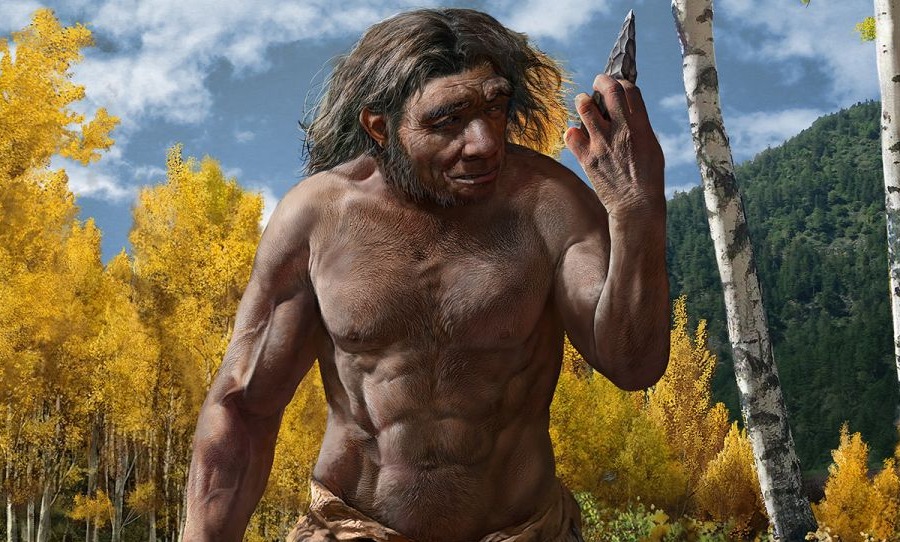Researchers in China have discovered a skull that could possibly remove Neanderthals as the closest relative to Homo sapiens.
Evolution has just gotten cooler.
The skull (which is believed to be 146,000 years old) had previously been discovered in the 1930s by a farmer who was working on constructing a bridge in the Japanese-occupied Heilongjiang province in China.
 Photo: Kai Geng/Getty Images
Photo: Kai Geng/Getty Images
During construction, the farmer found the skull, wrapped it up and hid it down a well. Years passed and just before the farmer passed away, he told his grandson of his discovery.
Dubbed Homo longi or “Dragon Man” in reference to the skull’s geographical location (where the province is commonly referred to as “Long Jiang … [or] dragon river”), researchers believe that the skull contains enough evidence to prove that “Homo longi is the actual sister group of Homo sapiens”.
“We found our long-lost sister lineage,” says Xijun Ni, a paleoanthropologist from the Chinese Academy of Sciences (Guangzhou) and Hebei GEO University (Shijiazhuang).
“I said ‘oh my gosh!’. I could not believe that it was so well preserved. You can see all the details. It is a really amazing find!”
According to Professor Chris Stringer from the Natural History Museum in London (who has studied the fossil), Dragon Man’s skull: “shows other features resembling our species … It has flat and low cheekbones with a shallow canine fossa, and the face looks reduced and tucked under the braincase.”
In addition to this, Dragon Man also: “had large, almost square eye sockets, thick brow ridges, a wide mouth, and oversized teeth” with a strong build.
Scientific recreation of the mysterious Dragon Man pic.twitter.com/sYftvmwZRG
— VincenzoPlays🇮🇹💗💜💙 (@VincenzoPlays) June 25, 2021
The skull is approximately 22cm in length and more than 15cm in width.
It’s widely believed amongst the research teams involved that the skull’s owner would have been: “a male about 50 years old.”
“In terms of fossils in the last million years, this is one of the most important yet discovered,” Stringer said when speaking to BBC News.
“What you have here is a separate branch of humanity that is not on its way to becoming Homo sapiens (our species), but represents a long-separate lineage which evolved in the region for several hundred thousand years and eventually went extinct.”
When your ancestry test comes back and you learn that you have 26% of Dragon Man in your DNA
pic.twitter.com/2D03mLlf9w— Shamar English (@english_shamar) June 25, 2021
While researchers have been ecstatic with the recent development in our understanding of human evolution, it also has come with its complications.
Professor Qiang Ji from Hebei GEO University has previously explained that Dragon Man’s skull: “has a mosaic combination of primitive and more modern features, setting itself apart from all the other species of human.”
The different features, in addition to the skull’s location, has led many in the scientific community to debate whether it’s too early to legitimise Homo longi.
Some say that Dragon Man could have been another species known as a Denisovan, a relative of the Neanderthals who lived in Siberia “280,000 to 55,000 years ago”.
Spanish paleoanthropologist, María Martinón-Torres, had this to say regarding the find: “It’s premature to name a new species, especially a fossil with no context, with contradictions in the data set.”



